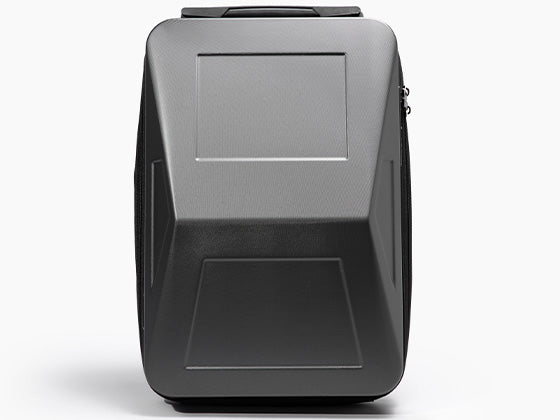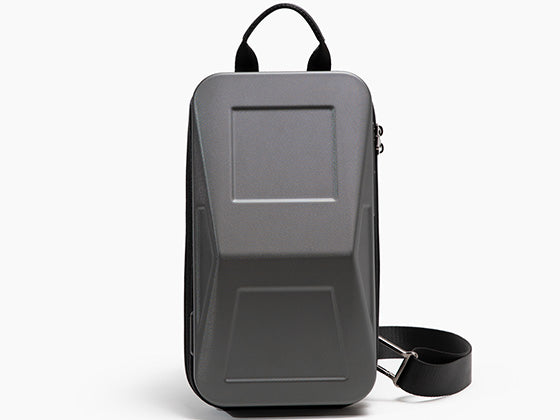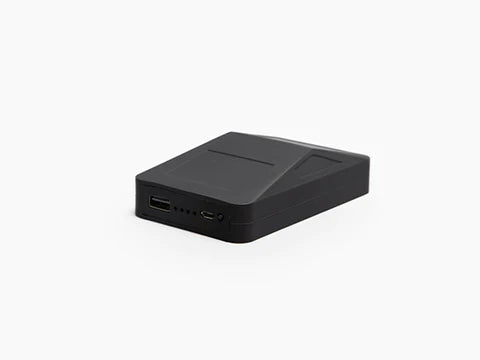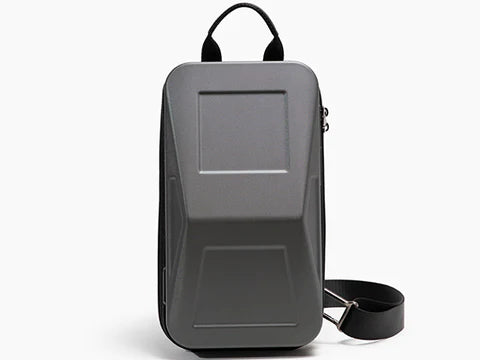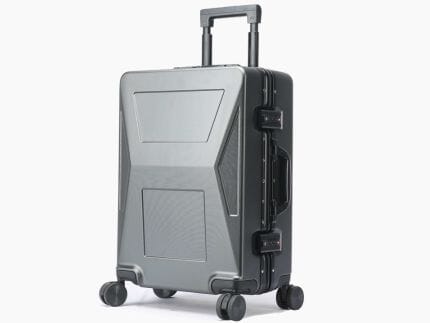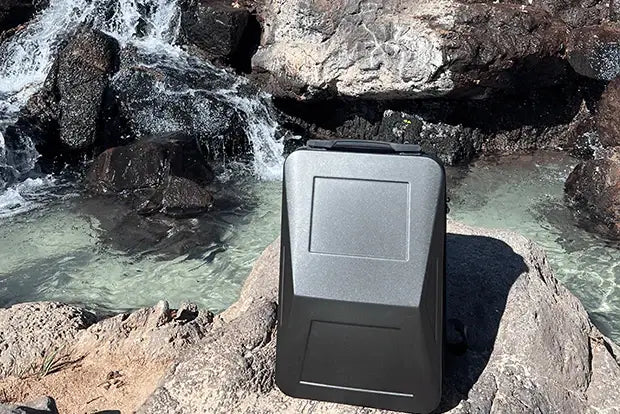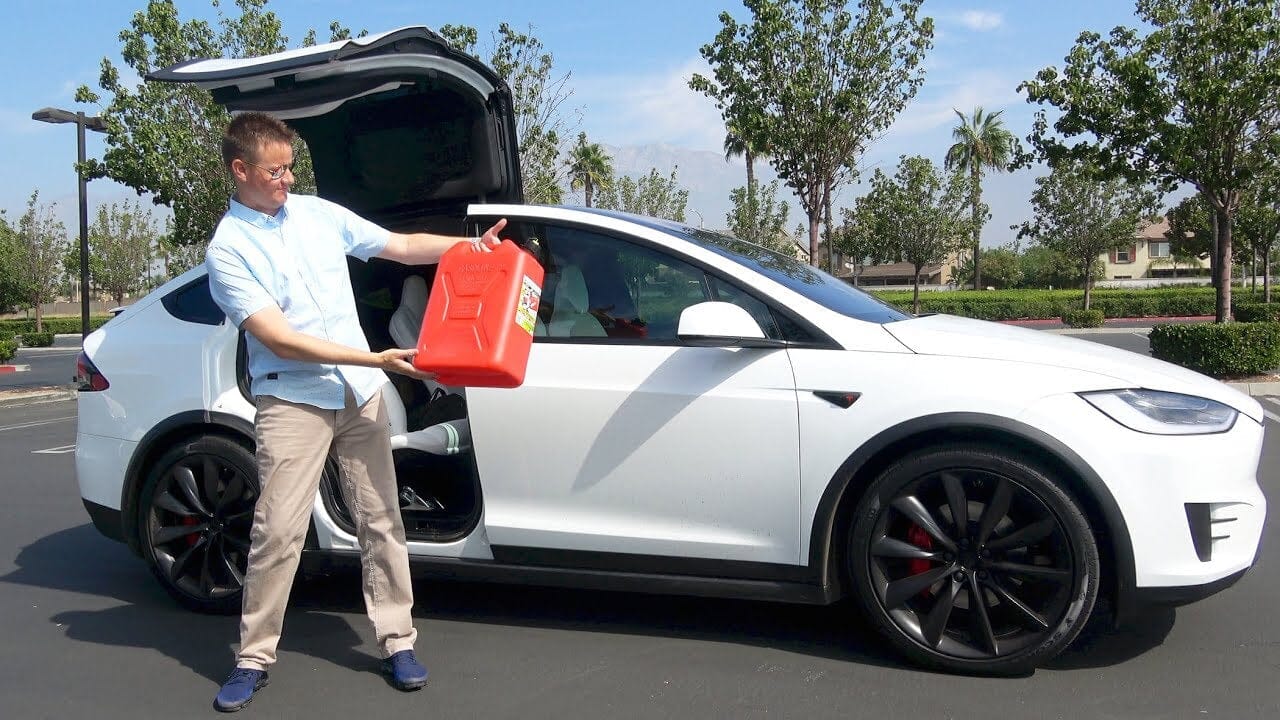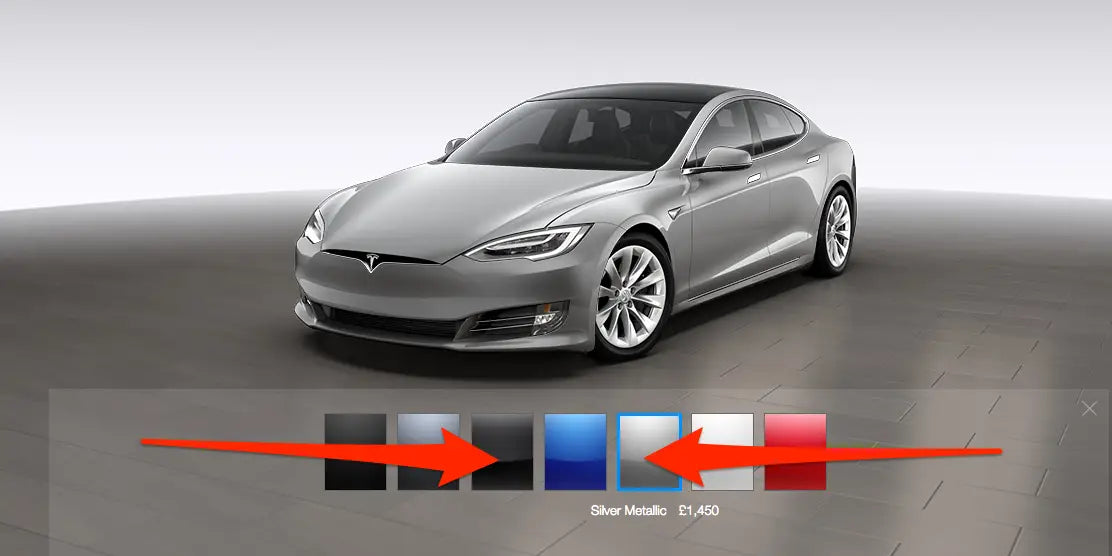In an effort to make the business more environmentally friendly, Tesla Motors claims that it can now recycle upwards of 92 percent of the materials used in EV batteries. Lithium-ion battery-powered electric automobiles help reduce the demand for fossil fuels, but they also have their own environmental effects, particularly when it pertains to mining and recycling.
Tesla detailed how the battery pack is made to "outlast the vehicle itself" in its 2020 Impact Report. It now claims that its battery plants are concentrating on "an internal, closed-loop recycling mechanism that will guarantee 100% of Tesla batteries acquired are reused and up to 92% of their basic metals are utilized."
We'll talk about recycling Tesla batteries in this article. The material for this article was gathered from dependable news reports, engineering manuals, and publications outlining the procedure for recycling lithium-ion batteries.
Recovering Tesla Batteries
Years have been spent developing the procedure. According to Tesla, it has been collaborating with a number of independent recycling companies on end-of-life battery retrieval. At its Nevada Gigafactory, it constructed the first stage of its cell recycling plant last year.
Its facility in Germany ought to go online shortly as well. Tesla claims that it is in the greatest position to efficiently recycle its products in order to optimize the recovery of valuable battery materials because it is the manufacturer of its in-house cell program. They predict large increases in manufacturing scrap internationally with the installation of in-house cell manufacture at Gigafactories Berlin-Brandenburg and Gigafactory Texas.
One of the main critiques of the EV business is the necessity to extract minerals like cobalt, which is reduced by recycling. The Democratic Republic of the Congo produces 70% of the cobalt used in the world (DRC). Up to 30% of the cobalt mines in the nation are small-scale or artisanal enterprises (ASM).
Mining The Cobalt

The mining operations may seem more controlled and so less likely to be compromised since they are minimal, but that may not always be the case. According to Professor Dorothée Baumann-Pauly, research director of the NYU Stern Center for Business and Human Rights and director of the Geneva Center for Business and Human Rights.
Significant human rights breaches have reportedly been observed in DRC cobalt mines, according to Dr. Baumann-Pauly.
Human rights organizations have long kept track of serious violations of human rights in mining activities. Artisanal mining in the DRC, a nation ravaged by bloody ethnic warfare, Ebola, and rampant corruption, present particularly significant threats to human rights. She said in a blog post that child labor, deadly accidents, and violent altercations between artisanal miners and security employees of big mining companies are frequent occurrences.
Before the EV revolution really takes off, solutions must be put in place. Dr. Baumann-Pauly cites recent forecasts by the Global Battery Alliance of the World Economic Forum, which predict a fourfold rise in cobalt demand as the deadlines for the global phase-out of combustion engine cars in 2030 draws closer.
According to Dr. Baumann-Pauly, this might aid the sector in making a pivotal change. The chance to create a paradigm for ethical ASM cobalt is exceptional given the rising global need for battery materials. The projected 40 million miners who extract important minerals for a living around the globe may profit from the cobalt approach.
Tesla’s Recycling Incentive Is Important
Aiming for complete recycling will lessen the total environmental effect of an EV. Per kilowatt-hour of battery capacity, lithium-ion battery manufacture generates between 61 and 106 kg of CO2 equivalents.
According to Tesla, the company is off to a good start; in 2020, it recycled 1,300 tons of nickel, 400 tons of copper, and 80 tons of cobalt.
And it is certain that, in the end, recycling batteries would result in "substantial" savings over time. And recycling will be far less expensive than buying more raw materials for the production of cells.
Tesla’s Batteries
Tesla battery packs, which are composed of thousands of distinct battery cells, are what Tesla batteries actually are. Lithium-ion cells, which are also used in computers and cellphones, are employed in these tiny batteries.
The bigger battery pack is made up of a series of connections of thousands of cells and individual blocks made up of hundreds of cells. This enables Tesla to replace just the problematic block rather than the entire pack.
Because they offer some of the finest charge capacities in the business, lithium-ion batteries are preferred for gadgets with significant power draws. They are somewhat recyclable as well, but only when done properly.
Tesla Battery Construction

The throw-away AA and AAA cells you probably have in your bathroom or kitchen are not like Tesla batteries.
A separator, anode, electrolyte, and cathode are all components of Tesla batteries. These four components, each of which contains a unique substance, are necessary for the battery to function. Lithium is the key chemical present in the electrodes of lithium-ion batteries.
These batteries include lithium in a number of different forms, including lithium titanate, lithium nickel manganese cobalt oxide, lithium iron phosphate, lithium cobalt oxide, lithium manganese oxide, and lithium.
The majority of these metals can be reused and utilized in other products, such as new batteries. When done correctly, it's both affordable and secure. Recycling Tesla lithium-ion batteries are considerably safer than simply throwing them away.
Ecological Benefits
There are significant ecological and environmental advantages to recycling Tesla batteries. Before they can be refined in industrial facilities, metals like lithium, cobalt, and nickel must first be extracted from the earth. Since mining involves the use of dangerous substances like mercury and diesel, it has a particularly negative impact on both humans and the environment.
These chemicals are then discharged, where they enter the environment and rivers. After the metals are extracted, similarly hazardous chemicals are used to treat and purify the raw ore. They return to the environment far too frequently.
Since Tesla exclusively sources its batteries from reputable producers like Panasonic, the final production of lithium-ion batteries from raw resources is probably the component of the process that has the least adverse effects on the environment.
Recycling Tesla batteries remove two of the world's three most ecologically damaging activities. No more mining, so no unsafe third-world industries processing metal.
Tesla exclusively uses recycling and remanufacturing facilities that use cutting-edge technology and have a significantly less environmental effect than the process of mining the minerals from the soil. Many of these facilities are now in use in North America.
Tesla Battery Recycling Cost
Tesla pays $4.50 to recycle each pound of battery. A full Tesla battery pack should be recycled for around $6,750, assuming it weighs 1,500 pounds.
This is pretty realistic given that the initial cost of the battery is far greater and that the preliminary mining and ore refining process accounts for a large portion of that cost.
Who bears the bulk of the expense of recycling is not totally obvious. Nevertheless, the business is always seeking more affordable options. It will undoubtedly become less costly to recycle huge automobile battery packs as technology develops.
Conclusion
Battery production is not only detrimental to the environment. A ton of human rights abuse is centered around mining the material necessary to produce EV battery packs. Tesla’s determination to secure used batteries and reuse their materials will not only benefit the environment but will help counteract labor abuse in the third world.
If you are looking for batteries at a much smaller case, checkout out Cyberpowerbank.
